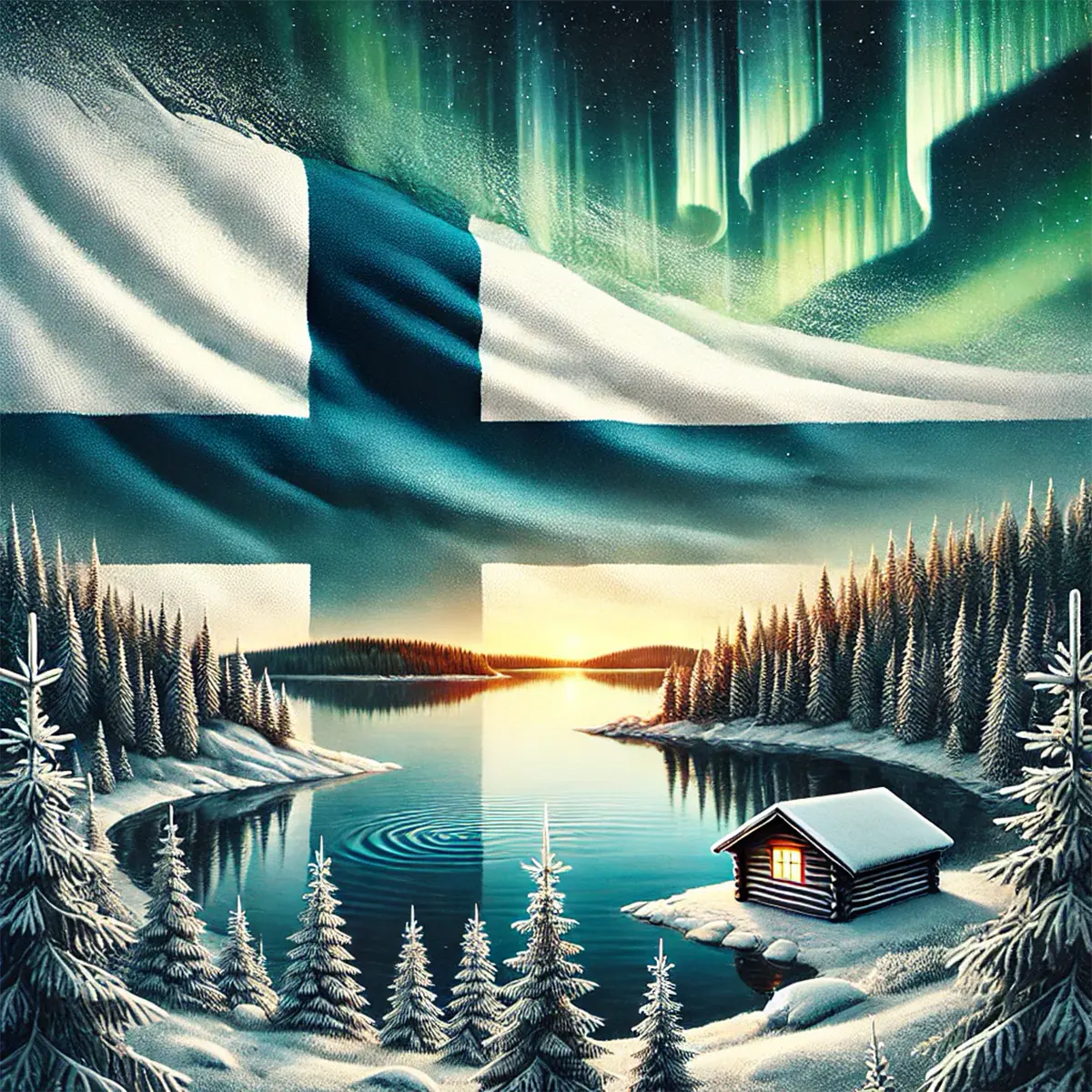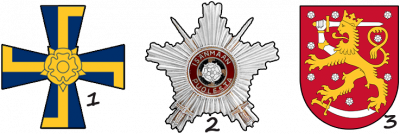In 1918, the idea of creating a blue and white flag was discussed in parliament. At first, when Finland became independent, a flag with a lion on a flagpole was used. But then it was decided to introduce a blue and white flag designed by artists Bruno Tuukkanen and Eero Snellman. Previously, there had been discussions about the colors of the Finnish flag, where blue and white were often considered the national colors. Prior to that, the national flag was a lion's paw, reflecting the red and golden yellow coat of arms of the Grand Duchy of Finland. During the Swedish and Russian rule, the Swedish and Russian flags were used, respectively. In 1848, at a student ball, the song "Maamme" ("Our Country") was sung, and on this occasion the flag of the Student Union with the coat of arms of the Grand Duchy on a white background was raised. This prompted a debate about Finland's own flag, but it was not successful.
The Finnish flag, with its blue and white colors, is always noticeable and cannot be confused with other countries. Apart from Finland, most countries have a rectangular national flag. The use of flags has gradually spread since the 1700s, especially because of the French Revolution, which simplified their design.
In the 1850s and 1860s, blue and white became the national colors of Finland. Although the flag issue was never discussed in parliament, various proposals were presented in newspapers. Some of the proposed national flags were used as yacht flags in the late 19th century, and soon blue and white became popular colors for sailing club flags and pennants. The lion flag was used during Finland's independence and was raised on the flagpole of the Senate and Council of State on December 6, 1917. For several months in 1917-18, the flag almost became the national flag. It was carmine silver in color with a golden yellow coat of arms lion in the center and a silver and white border and rosettes.









